Revive old WordPress posts with AI and Uncanny Automator. Learn how to reverse content decay…
Uncanny Automator: Free eCommerce Automation for Small Businesses to Grow
Uncanny Automator puts big-business solutions in small businesses’ hands. Reclaim your time, cut your costs, and sell above your tax bracket with the most powerful ecommerce automation plugin for small businesses.
It’s a trope, but only because it’s true: small businesses are the backbone of any economy. In fact, small businesses make up 99.9% of all businesses in the U.S. But, here’s another (sobering) statistic for you: over 80% of those small businesses operate without any staff beyond the owner.
Statistics like that help explain why millions of entrepreneurs such as yourself feel like they’re trying to carry the world on their shoulders—juggling everything from inventory and accounting to marketing and customer support.
And therein lies the small business catch-22: you need to grow to afford more technology and staff, but you need more technology and staff to grow. Meanwhile, your larger competitors seem to scale up effortlessly, hiring account managers to handle growing sales and marketers to launch ever more ambitious campaigns. It’s enough to make your solo efforts feel meaningless by comparison.
But here’s the exciting news; there is a way for small businesses to level the playing field without breaking the bank (or your back).
The secret? eCommerce automation.
TLDR?
Uncanny Automator is the FREE automation tool for small WordPress businesses that lets them sell above their tax bracket. Save time, reduce costs, and grow your business with one plugin.
Automate your small business >>>
The Small Business Automation Revolution
eCommerce automation is the simple process of using software and other tools to execute workflows. From managing inventory to segmenting customers or even running loyalty programs, automation is in every aspect of successful modern businesses.
There isn’t any part of your business that can’t be made better by automation. (Don’t worry, I’ll give you a rubric later on for identifying tasks within your business that are ready to be automated.)
Once an expensive luxury that only big corporations could afford, automation tools are now a must-have for small-to-medium sized businesses (SMBs) that want to claim their share of the market. In fact, 2 out of 3 small to medium sized businesses say that automation is essential in running their business.
These smart entrepreneurs have realized that the right automation tools can help them sell far above their tax bracket—handling routine tasks while they focus on what really matters: growing their business and serving customers better.
In this post, that’s exactly what we’re going to show you. We’ll:
- tell you what to look for in an automation tool,
- get you started with the best eCommerce automation tool for small businesses (I won’t bury the lede—it’s Automator),
- help you identify tasks within your business that can be automated,
- give you some ready-made recipe templates (because who doesn’t love tasty, time-saving recipes that you don’t have to make yourself),
- and put you on a path towards less stress and more sales.
From here on, you don’t need a credit card or a computer science degree. Ready to join the small business automation revolution? Let’s dive in.
The Reality Check: Challenges Facing Small WooCommerce Stores
Before we dive into the solutions, let’s take a look at some of the problems that automation will help small WooCommerce stores, like yours, solve.
If any of these challenges sound familiar, you’re in good company. The challenges that you face as a small business owner are unique to you in the details, but not in the broad strokes. These are simply the natural growing pains of ambitious entrepreneurs working within very real constraints.
The Resource Squeeze
- For most SMBs, time poverty is the biggest enemy. When you’re wearing every hat in your business, there truly are not enough hours in the day to get everything done. You might find yourself answering customer emails at 11 PM or updating inventory while your morning coffee gets cold (again).
- Then there’s the budget reality. When you’re still trying to climb up to that $100k in revenue milestone, every dollar counts and investing in new tools or team members feels like a luxury you can’t afford. It’s the classic small business paradox: you need resources to grow, but you need growth to afford resources.
- Altogether, this creates what we call the growth plateau—that frustrating point where your manual processes, which worked perfectly when you had 10 orders a month, suddenly become bottlenecks when you’re handling 100. Success becomes its own problem.
Common Pain Points (You’re Definitely Not Imagining Them)
The struggles you’re experiencing are backed by real data, which means you’re definitely not alone—and more importantly, there are proven solutions.
- In an era of lightning-fast, same-day delivery, even minor order processing delays hit small stores hard. In fact, processing bottlenecks cause almost a third—32%—of all delivery delays. The good news? Implementing automation can slash processing times by up to 70% and reduce error rates from 5% to under 1%.
- Rapid customer service response times are another advantage that large companies get to hold over SMBs. Most small businesses typically respond to customers within 4 to 24 hours, but big businesses are typically able to reduce those times to less than an hour. With automation and AI working together, however, we’ll show you how to match—or even beat—those response times.
- This is a big one: inventory management. It might just be your biggest hidden revenue killer. 43% of small businesses either don’t track their inventory at all or rely on outdated manual systems. The cost? Up to 11% of annual revenue, lost through stockouts and overstocking. But, again, you’re not alone. Almost all small businesses—98%—report struggling with inventory.
- Marketing campaign execution often gets pushed to the back burner when you’re juggling everything else. You know you should be running email campaigns and social media promotions, but finding the time to plan, create, and execute them consistently feels impossible.
- Finally, there’s the administrative burden—all that data entry, order updating, and manual task switching that eats away at your day without directly contributing to growth.
| Pain Point | Small eCommerce Businesses | Big Business Benchmark |
|---|---|---|
| Order Processing Delays | 24-48 hours average; 32% of delays due to bottlenecks 1 | <12 hours with automation; fewer delays 1 |
| Customer Service Response | 1-24 hours typical; spikes to 10+ hrs at peak 2, 3 | <1 hour best-in-class; 1.67 hours average resolution 4 |
| Inventory Management | 43% track manually; 60% struggle to match demand 5 | Dedicated teams, data-driven automation |
| Marketing Campaigns | Budget/expertise/time constraints; inconsistent 6 | Dedicated teams, consistent, leverage AI and automation |
| Administrative Burden | Manual entry: errors, delays, high labor cost | Automated/optimized systems, low admin burden |
The reality is that these challenges are completely normal for where you are in your business journey. The exciting part? Every single one of them can be addressed with the right automation approach, without requiring a massive budget or technical expertise.
What is eCommerce Automation? A Beginner’s Guide
At its core, automation is simply using software to handle repetitive tasks that you’d otherwise do manually—like sending welcome emails, updating inventory levels, or processing orders.
Automations tell your various systems exactly what to do when certain events (triggers) occur, setting off a cascade of workflows (actions) that run in the background.
In the world of ecommerce, automations can run the full gamut of your business operations.
Types of eCommerce Automation for Small Businesses
Let’s break down the main areas where automation can transform your daily operations:
Automation vs. Hiring: The Economics
In today’s business environment, we often think of automation vs. employees as an “either or” proposition. The reality, however, is that for the businesses that can afford it, it is a “both and” growth strategy in which automation maximizes employee productivity.
Of course, for SMBs, the math is a little different. A virtual assistant costs anywhere between $15-50 per hour. Meanwhile, the cost of a full-time employee (with benefits) starts at $35,000 annually. For most small businesses, that’s the entire bottom line—and then some. So, if you’re one of those SMBs, hiring an employee and investing in new technology isn’t a “both and” kind of situation.
Instead, think of automation vs. employees as a “now and then” proposition. Invest in automation now to grow your business—then hire employees to further leverage your growth-boosting automation tools.
Why Small Businesses Need Automation: The Key Benefits
If you’re still wondering whether automation is really worth the investment for a small business, let’s talk about what it actually does for your bottom line. Spoiler alert: it’s not just about saving time (though that alone might be enough to convince you).
Save Time
Automation can help business owners save dozens of hours per week. Don’t believe me? A McKinsey & Company report found that businesses that successfully incorporate automation into their workflows saw an increase in productivity of anywhere between 20-35%.
Reclaim as much as 30 hours per week from repetitive tasks with automation. That’s time you can reinvest into product development, customer relationships, or simply having a life outside your business.
But here’s the real game-changer: automation doesn’t just free up time, it shifts your focus from putting out operational fires to actually growing your business. Instead of asking, “How am I going to get through all these orders today?”, you can start asking, “How can I reach more customers like these?”
Consistency and Reliability
Human error is expensive. A mistyped email address means a missed lead and lost revenue. A forgotten follow-up leads to a drop in customer satisfaction and, possibly, a bad review. An inventory count that’s off by a dozen could be the difference between a record sale or a disappointing slouch.
Suffice to say, these mistakes add up quickly, costing you both money and trust.
Automation eliminates these slip-ups by bringing machine accuracy to bear on your workflows. Contact information is stored and updated automatically. Email campaigns go out like clockwork. Inventory is updated in real-time.
Cost-Effective Growth
As we mentioned before, automation isn’t just about reducing costs and saving time. More importantly, automation is a growth strategy—a very cost-effective growth strategy.
Think about it like this: the same automated workflow that processes 5 orders a day when you’re a growing business can handle 500 per hour as your business expands. How’s that for economies of scale? Automation lets you handle 5x or even 10x more orders without proportionally increasing your costs.
That said, not all automation tools are as scalable as others. Later, we’ll explore the fixed-cost structure of Uncanny Automator that makes it ideal for small, growing ecommerce businesses.
Data-Driven Insights
The most successful growth decisions are made with the help of deep data insights. Automation (especially when augmented with AI) puts key data points and crucial insights directly in your database—or even your inbox.
Want daily, weekly, or even monthly sales reports with information such as peak times, popular products, and average order value? The right automation tools can put all of that data into a spreadsheet, database, email, or even Slack message.
And this isn’t just for convenience—it’s strategic. Spot problems before they become crises, capitalize on opportunities as they arise, and make informed decisions that propel your business forward.
Competitive Edge
It’s not fair, but it’s true: consumers expect the same or better service from small businesses as from big businesses. In fact, one study even showed that consumers expect more friendliness and helpfulness from SMBs than from large corporations.
Of course, we don’t have to tell you how difficult it is to deliver best-in-class service when your support team consists of… well, just you.
Again, this is where automation levels the playing field between big and small businesses by giving you capabilities that traditionally only large companies could afford.
Automated, AI-powered customer service responses happen instantly. Contact segmentation is already handled with enterprise-level sophistication. Order processing moves at lightning speed.
Choosing the Right Automation Tool: Why Uncanny Automator Fits the Bill
Alright, let’s get practical. By now, hopefully, you see how automation can transform your business. But you’re staring at a sea of automation tools wondering which one won’t drain your bank account or require a PhD in computer science to set up. Because here’s the thing: not all automation tools are created equal.
The tool that works for a Fortune 500 company would be complete overkill for your growing WooCommerce or Easy Digital Downloads store. So which tools would be good for you? Let’s break it down.
What Small Businesses Really Need in an Automation Tool
When you’re evaluating automation tools, forget the baffling feature lists for a moment and focus on what actually matters for your day-to-day reality:
- A user-friendly setup is non-negotiable. You don’t have time to spend weeks learning complex software or hiring consultants to get things running. You need something that makes sense from day one.
- Native WooCommerce and EDD integrations aren’t just nice-to-haves—they’re essential. Tools that claim they “work with” WooCommerce often require workarounds, third-party connectors, or constant troubleshooting. You want something built specifically for your preferred ecommerce platform—not tacked on as an afterthought.
- Fixed pricing that won’t change just because your business has started to grow. Tools that charge per-automation fees should be avoided as the cost will increase as your business grows. Sticked to fixed-cost automation tools that help you leverage economies of scale.
- Quality support when you get stuck can make or break your automation journey. From comprehensive documentation to responsive customer service, help should be available when you need it.
- Quick implementation without lengthy learning curves keeps you focused on growing your business instead of becoming a software expert.
The Free vs. Paid Decision Framework
Ok, now let’s address the elephant in the room: budget constraints. Most small businesses start by asking “What’s the cheapest option?” when they should be asking, “What’s the best value for my specific situation?”
- Free tools can provide serious value when you’re just starting out or testing the automation waters. The key is making sure the free version isn’t just a glorified trial that disappears when you need it most.
- Paid solutions unlock tons of additional features that allow you to create more dynamic automations. However, many premium tools have hidden or recurring costs—per-transaction charges, integration costs—that eat into your growth. Always factor in the total cost of ownership, not just the sticker price.
In other words: the best automation tools are free for beginners, have no hidden costs, and scale with your business.
If only there was just such a tool… Oh, wait—there is!
Meet Uncanny Automator: The Small Business Sweet Spot
This is where Uncanny Automator shines. The #1 automation and integration tool for WordPress websites was built with small ecommerce businesses in mind. It’s free (forever), doesn’t charge per-transaction or automation fees, has 214 integrations, is just as flexible as your business needs, and scales up with you.
So, what makes Automator the perfect solution for small business automation?
- Native WordPress integration means zero compatibility headaches. Automator lives right inside your WordPress website, speaking the same language as your WooCommerce or EDD store and other plugins. Everything just works together seamlessly.
- No-code interface lets anyone build sophisticated automations—simply point and click. You can automate powerful workflows by just selecting triggers (“when this happens” statements) with actions (“do this” statements).
- WooCommerce and EDD specific triggers and actions show Automator’s deep ecommerce focus. Need to tag customers who spend over $500? Create a VIP email sequence for repeat buyers? Synchronize membership subscriptions with access to events, courses, or exclusive site pages? Automator has a trigger, action, and filter for that—and a whole lot more.
- Automator Lite (the free forever version) lets you start without any financial commitment. No credit card required, no trial periods that expire at inconvenient times. You get real functionality immediately, with the option to upgrade and unlock more features and integrations when your business is ready.
- Ready-made recipes (i.e., automations) solve common problems instantly. Browse the recipe library for proven automation workflows that you can customize with a few clicks.
- Scales from free to enterprise without platform switching. Start with basic automations in the free version, then unlock advanced features as your needs expand. No need to rebuild everything when you’re ready to grow.
Ready to see what automation can do for your business? Download Uncanny Automator Lite for free and build your first automation in the next 10 minutes. No credit card required.
| Essential Features | How Automator Delivers |
|---|---|
| User-Friendliness | Visual, point-and-click builder with built-in tool tips |
| Deep eCommerce Integration | 100s of triggers, actions, and filters for WooCommerce and EDD |
| Affordability | Automator Lite (free forever) + competitive pricing and no per-automation fees |
| Support | 24/7, white-glove support and 4.9 rating |
| Quick Implementation/Learning Curve | Pre-built recipe templates and extensive documentation to get you started right away |
| Scalability | No per-automation fees and tiered pricing means businesses of all sizes can save and grow |
The bottom line? Automator was designed by people who understand the resource constraints of small businesses—we used to be one!
It’s powerful enough to compete with enterprise tools, simple enough for busy entrepreneurs, and affordable enough to make sense from day one.
Whether you’re processing 10 orders a month or 1,000, Automator grows with you—giving you enterprise-level automation capabilities without the enterprise-level complexity or cost.
Getting Started With Automator Lite: Step-by-Step
Ready to change the way you work—for free? Of course you are! Let’s get you started with Uncanny Automator Lite.
Step 1: Install and Activate Uncanny Automator
From your WordPress Admin Dashboard, navigate to Plugins > Add plugin. In the search bar, enter “uncanny automator”. Uncanny Automator will be the first search result. Click Install and Activate.
Step 2: Register Your Account
Uncanny Automator Lite comes with complimentary app credits (more of these in a moment). To claim your free app credits, register your account here.
Step 3: Getting to Know Automator
Uncanny Automator has a simple and intuitive interface. Nevertheless, there are some key terms and concepts that we should define now to make creating automations easier going forward:
- Recipes: Recipes are automations, i.e., combinations of triggers and actions that integrate different apps and plugins and/or automate workflows.
- Triggers: Events, such as page visits, orders, user logins, or even schedules, that set automations into motion.
- Actions: Tasks, such as sending an email, changing user roles, or tagging contacts, that are performed automatically when a trigger has been satisfied.
- Filters and Conditions: Conditions are rules or criteria that determine whether the action(s) in a recipe to which they are applied will proceed. For example, “A user has a role”, or, “The user has an active subscription to a specific product”. Filters consist of conditions.
- Tokens: Dynamic data provided by triggers and actions or pulled from your WordPress site that makes automated workflows intelligent.
- App Credits: For use with app integrations. You can find a list of app integrations by navigating to Automator > App integrations.
That’s all you really need to know to get started, but you can find additional information in the Knowledge Base.
Creating Your First Recipe
Now that we understand the basics, let’s work on your first Automator recipe, starting with something every ecommerce business needs: CRM automation!
In the recipe pictured above, we’re able to automatically add/update a contact’s information in Mailchimp when they make a purchase from our WooCommerce store. Using tokens, we can even begin segmenting the contact immediately based on their purchase and checkout form fields.
(Note: Not using Mailchimp? No problem. Automator has 214 integrations with CRMs such as Drip, ActiveCampaign, Ontraport, and many more.)
Step 1: Create a New Recipe
From your WordPress Admin Dashboard, navigate to Automator > Add new recipe. In the modal that appears, select Logged-in users.
(Note: This recipe works for users who are logged in to your site at the time of checkout, including those who register during checkout. However, if that doesn’t suit your workflows—if you would like to enable guest checkout—Automator Pro users can select the recipe type “Everyone” and then use the trigger “A guest purchases a product” to capture more contacts.)
Step 2: Name Your Recipe
Give your recipe a name that makes it easy to recognize at a glance. For example, we have named this recipe “Add/Update WooCommerce Customer to Mailchimp”.
Step 3: Configure Your Trigger(s)
In the Trigger panel, from the menu of available integrations, select Woo.
From the dropdown list that appears, select “A user completes, pays for, lands on a thank you page for an order with a product”.
Automator will prompt you to select the trigger condition and product (we have selected “pays for” and “any product” to maximize the number of customers who will trigger the recipe).
Once you’re finished, click Save.
Step 4: Configure Your Action(s)
In the Actions panel, click Add action and select Mailchimp.
(Note: If you haven’t already connected your Mailchimp or preferred CRM account, simply click Connect account in the modal that appears and follow the steps.)
From the dropdown list that appears, select “Add the user to an audience”.
Automator will present you with a form to fill out the new contact’s information when they are synced to Mailchimp.
Fill in the Audience, Double opt-in, Update existing, and Change groups? fields to best suit your workflows.
The Merge fields section of the form allows you to fill out the fields in your Mailchimp audience with the information from the Woo trigger and your WordPress website. To retrieve the fields, click Load fields.
Once the fields have loaded, you can fill them out. We are going to fill out these fields using tokens (recall that these are dynamic data pulled from your WordPress site and from within recipes).
To use a token in a field, click on the Asterisk and select the corresponding token. For example, in our “FNAME” field, we have selected the token “Billing first name” from the Woo trigger.
Fill out the remaining fields using a combination of tokens and static data to best suit your workflows.
Once you’re finished, click Save.
Step 5: Go Live!
You’re just about ready to cook up your first Automator recipe. All you have to do now is toggle the recipe from Draft to Live.
That’s it! Congratulations, you’ve just completed your first Automator recipe. You’re well on your way to stressing less and selling more.
But this definitely isn’t the end—in fact, it’s just the beginning. Here are a few more ecommerce automations to get you started on your journey to growth without the grind.
Add Woo Customers to HubSpot Lists from Product Views
Contact and list segmentation is one of the best ways to personalize the shopping experience for your customers and increase engagement and conversion rates. It also happens to be a tedious affair if you try doing it manually.
Instead, import this recipe template to begin segmenting your customers based on the product(s) that they have viewed.
To import this recipe template, simply navigate to Automator > Recipe templates and either use the search bar or search by integration.
(Note: This recipe only works for logged-in users. However, you can use this as an opportunity to encourage users to sign-up for a better shopping experience.)
Use Automated Lead Magnets to Grow Your List (and Sales)
Whenever you’re ready to upgrade to Automator Pro, we have a contact list and revenue boosting recipe that will only take a few seconds to configure.
Ever see those fancy popups on big business websites that promise coupons just for entering your email address? You can now do the same.
Embed a single-field WPForms form inside of a Popup Maker popup and let Automator do the rest. U-Bot (Automator’s happy helper) will sync your new lead to HubSpot or your CRM of choice and email them their coupon code.
(Note: If using this recipe, make sure to configure your WPForms form and Popup Maker popup settings to disable repeat submissions. This entails enabling AJAX form submission and setting the triggers in your popup.)
Advanced Automations and App Integrations
Now that you’ve built your first few recipes and tasted the sweet freedom of having your business work for you instead of against you, it’s time to kick things up a notch. This is where automation goes from a nice-to-have to a must-have.
Beyond Basic eCommerce: Automating Your Entire Business Ecosystem
The real magic happens when you start connecting all of your business tools together, creating a tightly-integrated ecosystem where data flows and sales rise.
- Email and Multichannel Marketing Automation: You’ve already seen some of Automator’s CRM integrations in action. However, that’s just the tip of the email marketing iceberg. In addition to supporting other CRMs such as Drip, ActiveCampaign, and Brevo, Automator also has SMS integrations such as WhatsApp and Twilio, meaning that you can reach your customers across multiple channels and in the ways that they prefer. Speaking of multichannel marketing…
- Social Media Automation: Social commerce is rapidly becoming the future of ecommerce. And that’s a future that Automator wants to be part of. That’s why Automator has all of the social media integrations (from X and Bluesky to Instagram and Discord) that you need to reach your customers where they are.
- AI-Powered Automation: Earlier on, we teased some of Automator’s AI-powered workflows. But with integrations for OpenAI’s GPTs, Anthropic’s Claude, xAI’s Grok, and many more the possibilities are truly endless. Imagine bringing the brains of AI to the brawn of automation! Actually, you don’t need to imagine it. As an Automator user, AI-powered business workflows are now your reality.
- Analytics, Reporting, Accounting Automation: Integrations such as Google Sheets and Airtable turn your business data into strategic insights. Likewise, accounting integrations such as QuickBooks Online mean that you can stay on top of your cash flows without burying yourself in receipts and invoices.
Check out Automator’s 214 integrations to find more ways to integrate and automate your business ecosystem.
Frequently Asked Questions About eCommerce Automation (Small Business Edition)
Conclusion: Your Journey to Automated Success Begins Now
You’re standing at the threshold of a major shift in how you run your business. The difference between businesses that thrive and those that merely survive often comes down to one factor: leveraging technology to multiply their efforts instead of just working harder.
As we’ve seen, automation isn’t just about saving time—though reclaiming 20-30 hours per week is nothing to scoff at.
At its core, automation is about transforming the way you work. Yes, it’s about helping you reclaim your time and optimize your budget. But, it’s also about delivering for your customers, reaching new audiences, and building the community that you set out to create.
The businesses succeeding today aren’t necessarily the ones with the biggest teams or budgets. They’re the ones that work smarter, not harder—using tools like Uncanny Automator to compete with enterprises while maintaining the agility and personal touch that makes small businesses special.
The best part? You don’t need to transform everything overnight. Start with one automation—like the Mailchimp recipe we built together—and feel the immediate impact. Then add another. And another. Before you know it, you’ll have built a business that works as hard as you do, but never needs a coffee break.
Your automated future starts with a single click >>>
We hope you had as much fun as we did talking about all things automation-related. We’re always here with the latest automation news and to offer support when you need it.
Until next time, happy automating!
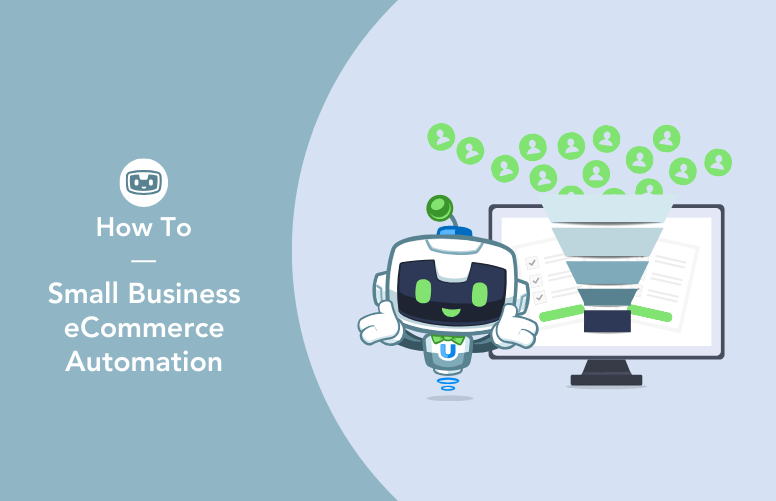


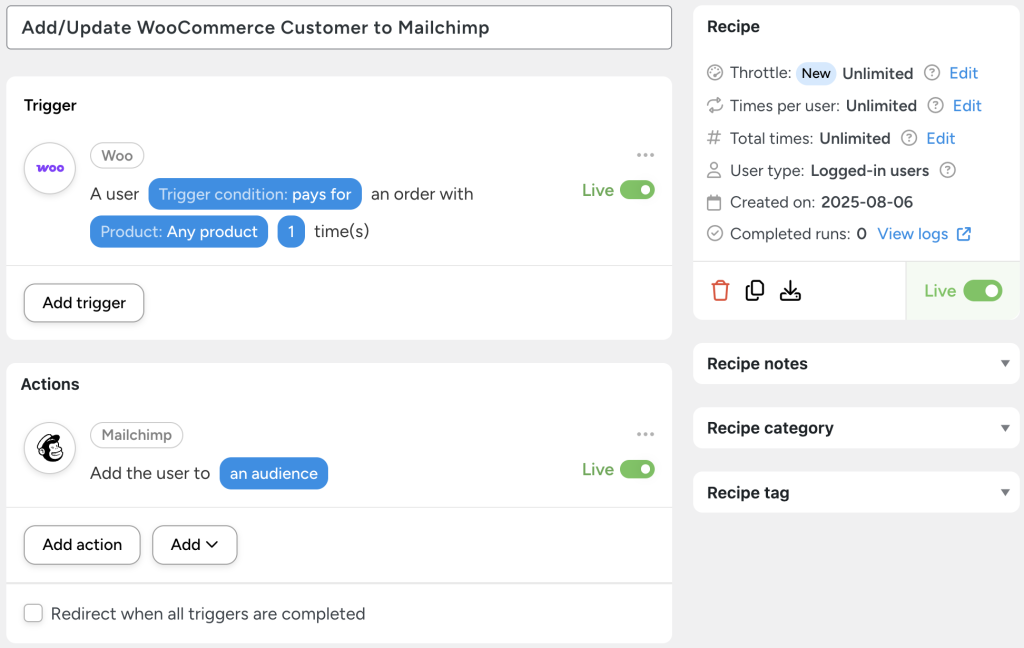

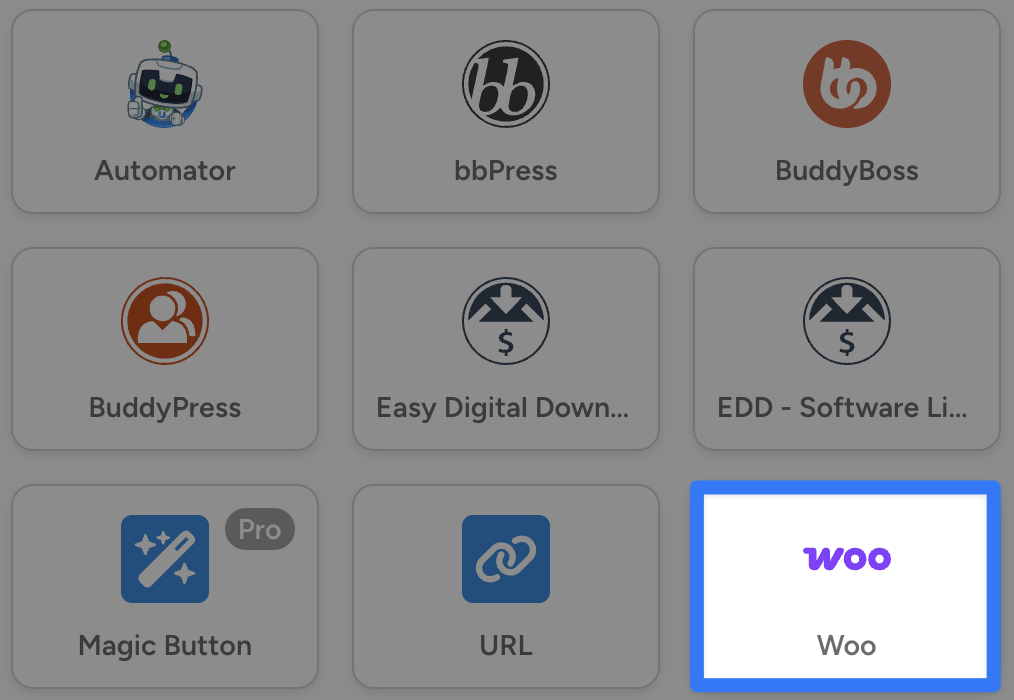
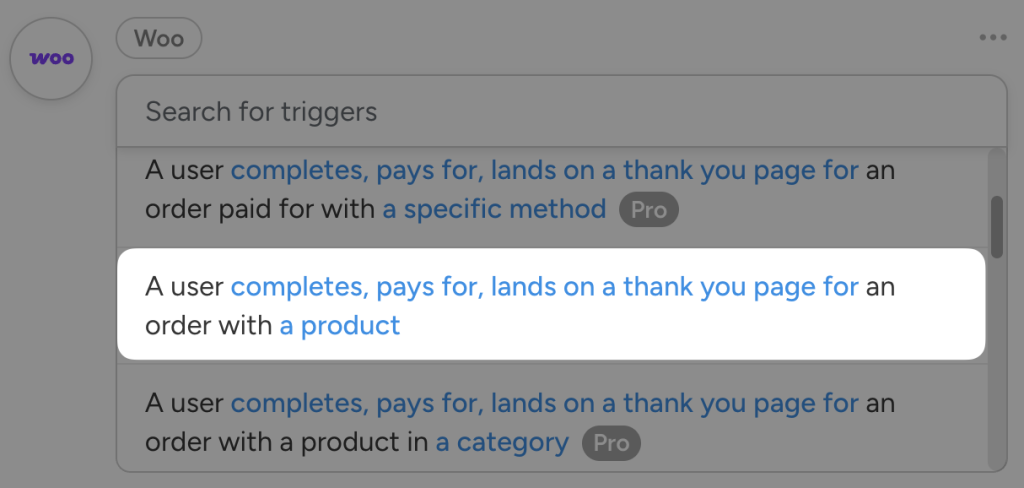
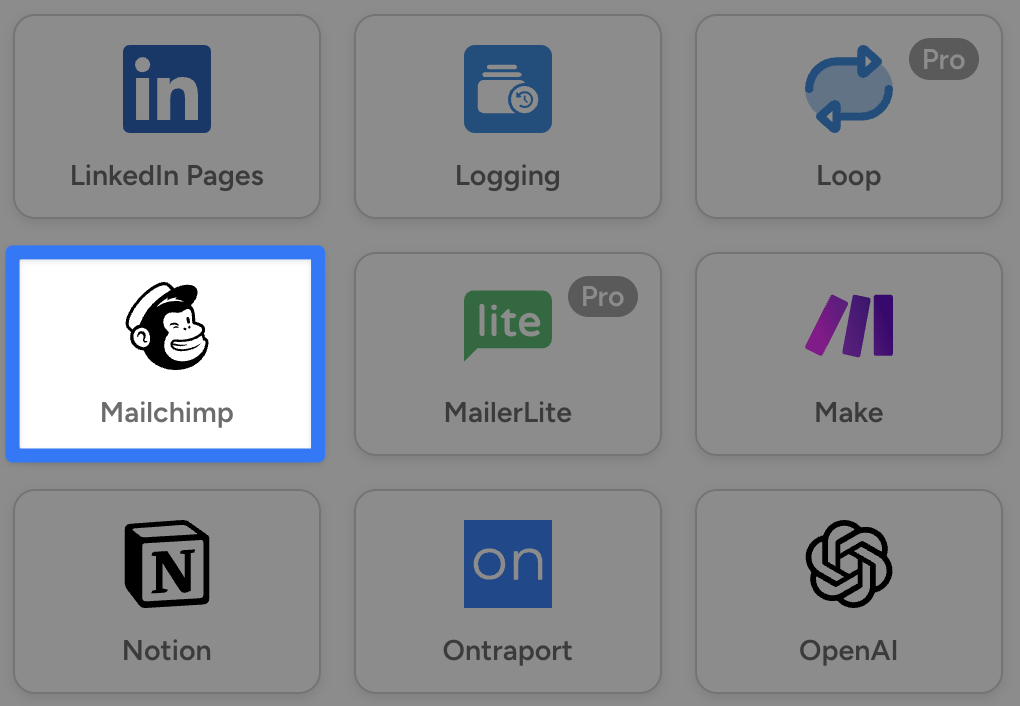
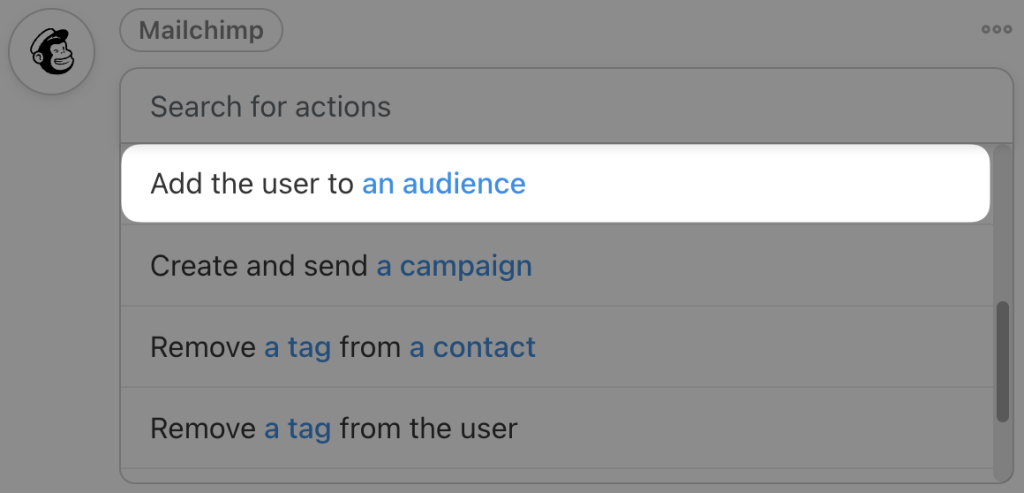
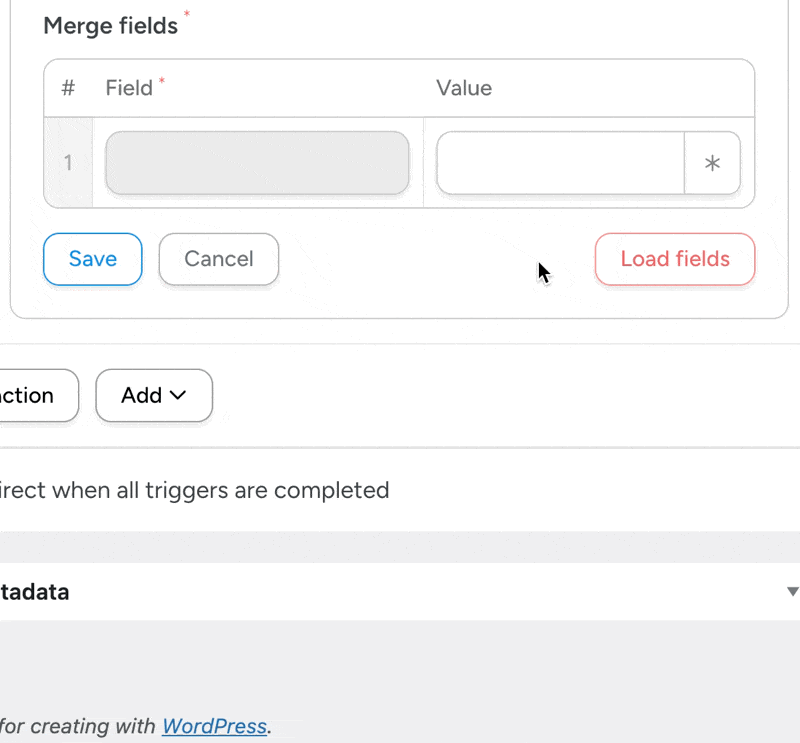
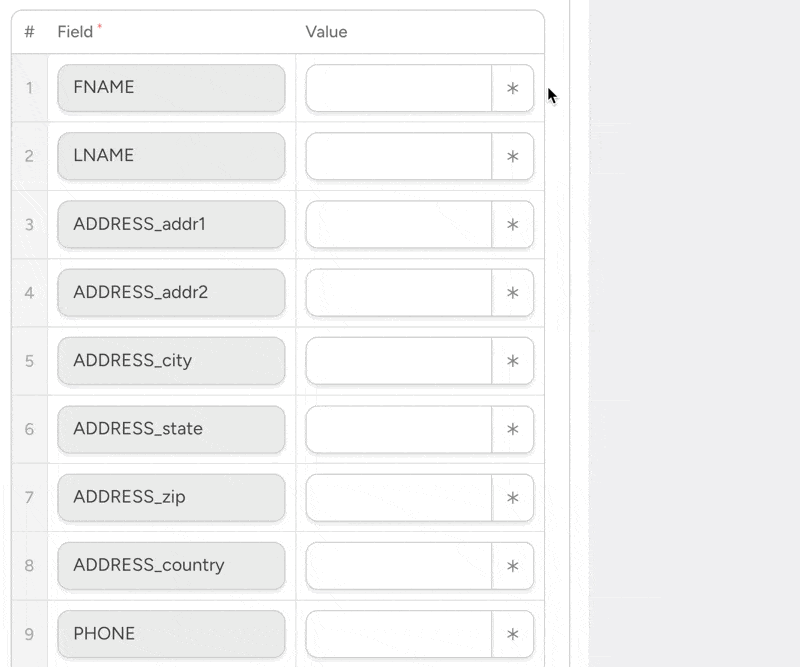
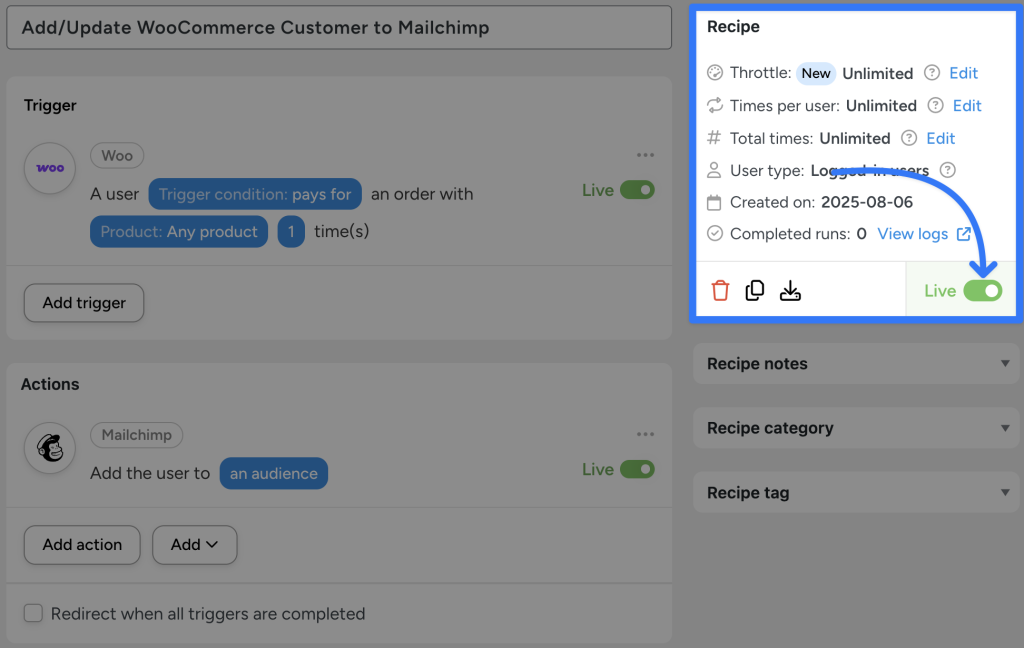
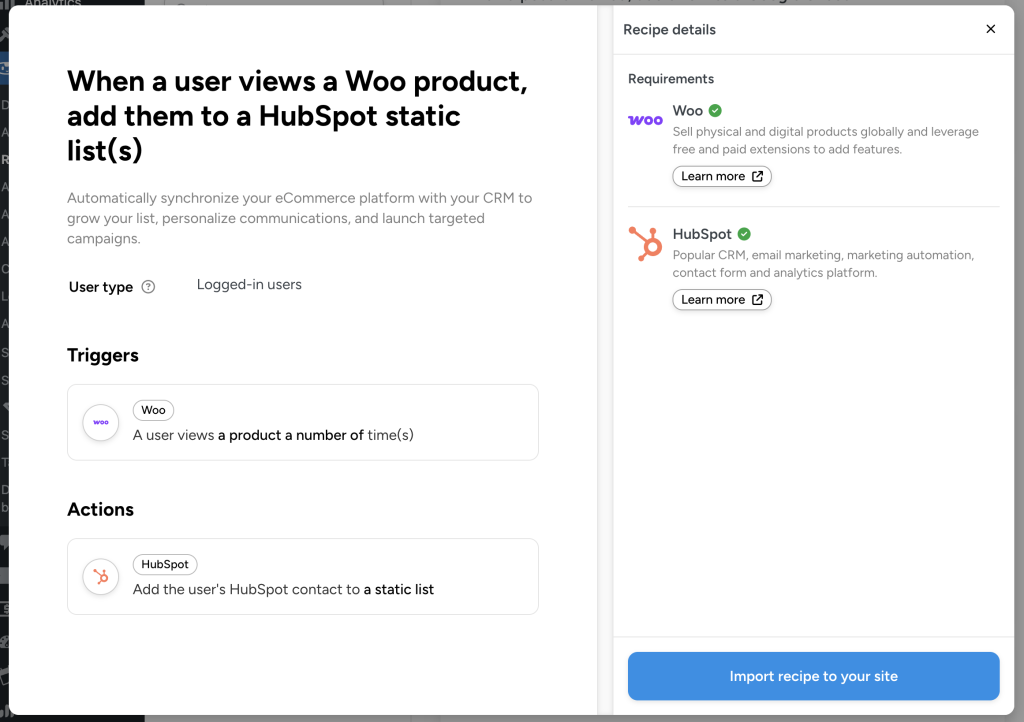
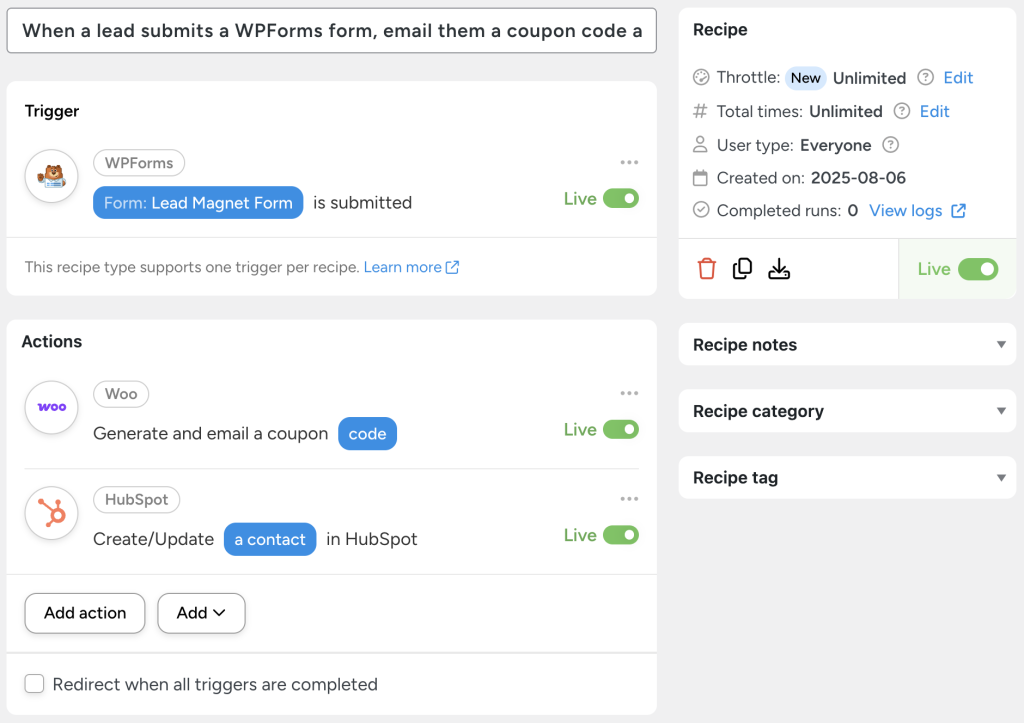

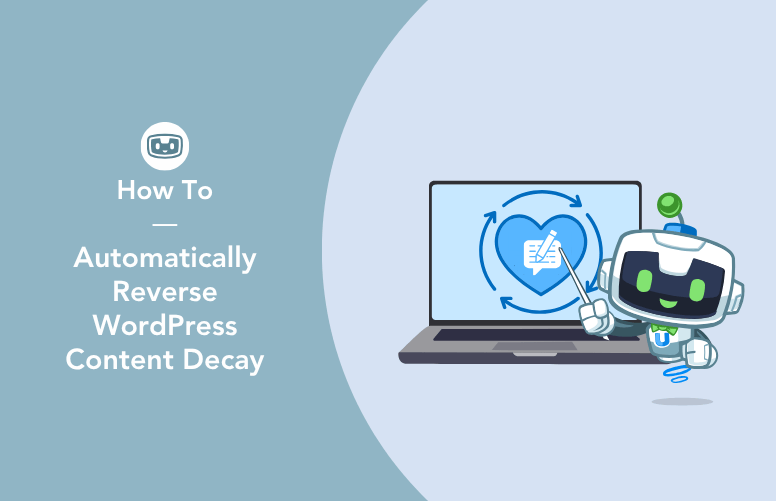
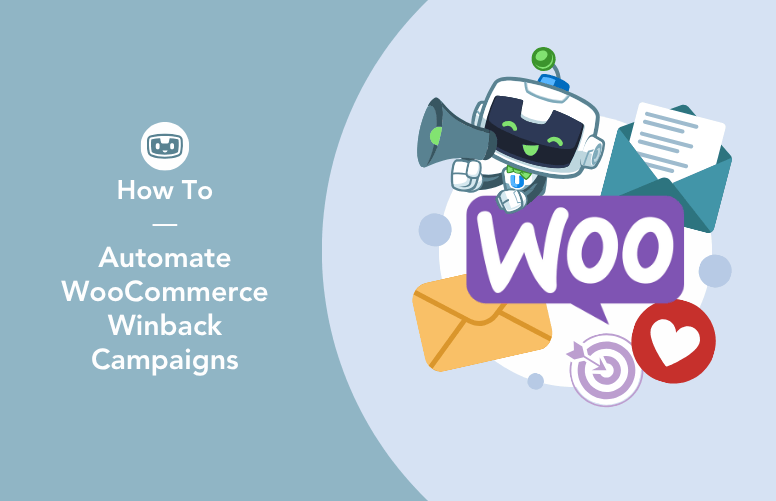
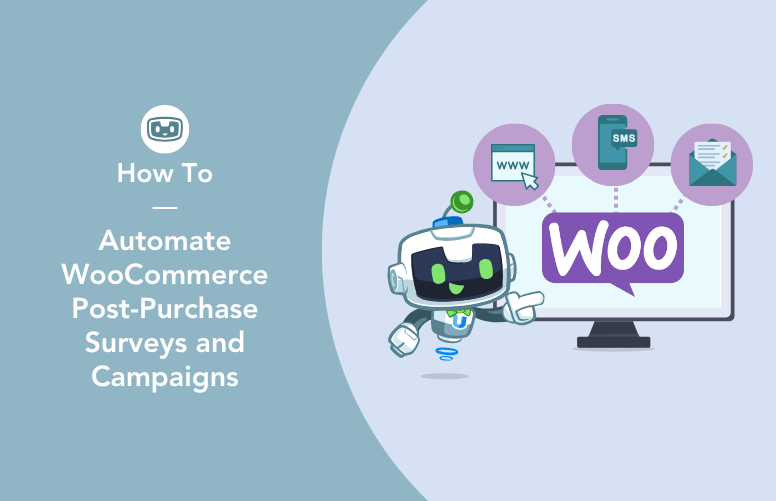
This Post Has 0 Comments